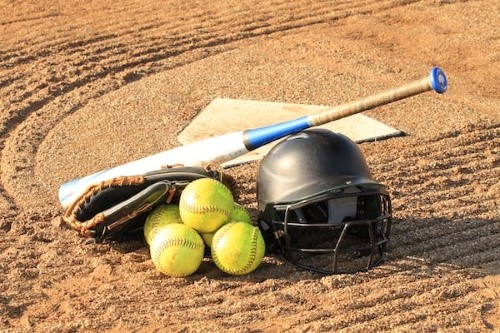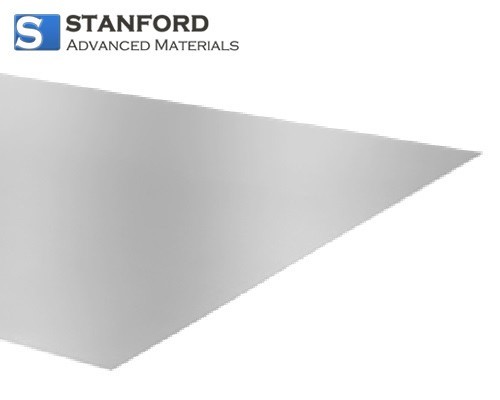Case Study: Utilizing Grade 2 Titanium Rolls In Sports Equipment
Introduction
Titanium, known for its high strength-to-weight ratio and corrosion resistance, holds a significant position in various industries including aerospace, medical technology and particularly in sports equipment manufacturing. In this case study, we examine the use of Grade 2 Titanium Rolls in the development of high-performance sports equipment.

Figure 1. Sports equipment
Understanding Grade 2 Titanium Rolls
Grade 2 Titanium, also known as commercial pure titanium, is identified by TM3367. It is widely used due to its corrosion resistance, formability and weldability. Grade 2 Titanium consists primarily of pure titanium with trace amounts of elements such as oxygen and iron, which provide specified mechanical properties.

Figure 2. TM3367 Titanium Rolls Grade 2
Applications of Grade 2 Titanium Rolls in Sports Equipment
In sports equipment, Grade 2 Titanium is used in several applications:
1. Fasteners and Components: Grade 2 Titanium may be used for connection elements such as bolts and screws. It provides corrosion resistance that meets the requirements for equipment deployed outdoors or under wet conditions.
2. Small Components: It is applied in smaller parts such as hinges, clips or fasteners in sports equipment where both corrosion resistance and reduced weight are required.
3. Rackets and Tennis Rackets: In certain cases, titanium alloys (not necessarily Grade 2) are employed in the construction of golf club heads, tennis rackets or comparable items to achieve a balance of strength, durability and weight reduction.
4. Protective Equipment: Titanium or titanium alloys can be incorporated into protective equipment such as helmets and face masks for certain sports. These materials offer the necessary mechanical strength and impact resistance while maintaining low weight.
5. Accessories: Titanium is frequently utilised for accessories in sports equipment, for example, bracelets, key chains and specialised toolsets for equipment maintenance.
6. Customised Applications: Some manufacturers of high-end or bespoke sports equipment employ Grade 2 Titanium for specialised applications. Given that Grade 2 Titanium exhibits adequate corrosion resistance and reduced weight but has lower strength compared with other grades (for example, Grade 5, Ti-6Al-4V), its use is generally restricted to non-structural components or specific cases where its particular properties are beneficial. Consequently, consult a materials engineer or designer to determine the most appropriate material based on strength, weight and corrosion resistance.
It is important to note that the use of Grade 2 Titanium in sports equipment is typically confined to components where its defined properties address the design requirements.
Conclusion
In summary, Grade 2 Titanium continues to play a role in sports equipment production. It is used in fasteners, small components, rackets and similar items. In customised applications, Grade 2 Titanium is employed where its defined properties support the manufacture of specific sports equipment. Given that sports equipment design continues to evolve, Grade 2 Titanium remains a material option that contributes to ongoing development and innovation in the sports sector.
Stanford Advanced Materials (SAM) has substantial experience in the production of Grade 2 Titanium Rolls. Please submit an enquiry if your organisation is interested.

 Bars
Bars
 Beads & Spheres
Beads & Spheres
 Bolts & Nuts
Bolts & Nuts
 Crucibles
Crucibles
 Discs
Discs
 Fibers & Fabrics
Fibers & Fabrics
 Films
Films
 Flake
Flake
 Foams
Foams
 Foil
Foil
 Granules
Granules
 Honeycombs
Honeycombs
 Ink
Ink
 Laminate
Laminate
 Lumps
Lumps
 Meshes
Meshes
 Metallised Film
Metallised Film
 Plate
Plate
 Powders
Powders
 Rod
Rod
 Sheets
Sheets
 Single Crystals
Single Crystals
 Sputtering Target
Sputtering Target
 Tubes
Tubes
 Washer
Washer
 Wires
Wires
 Converters & Calculators
Converters & Calculators
 Chin Trento
Chin Trento



